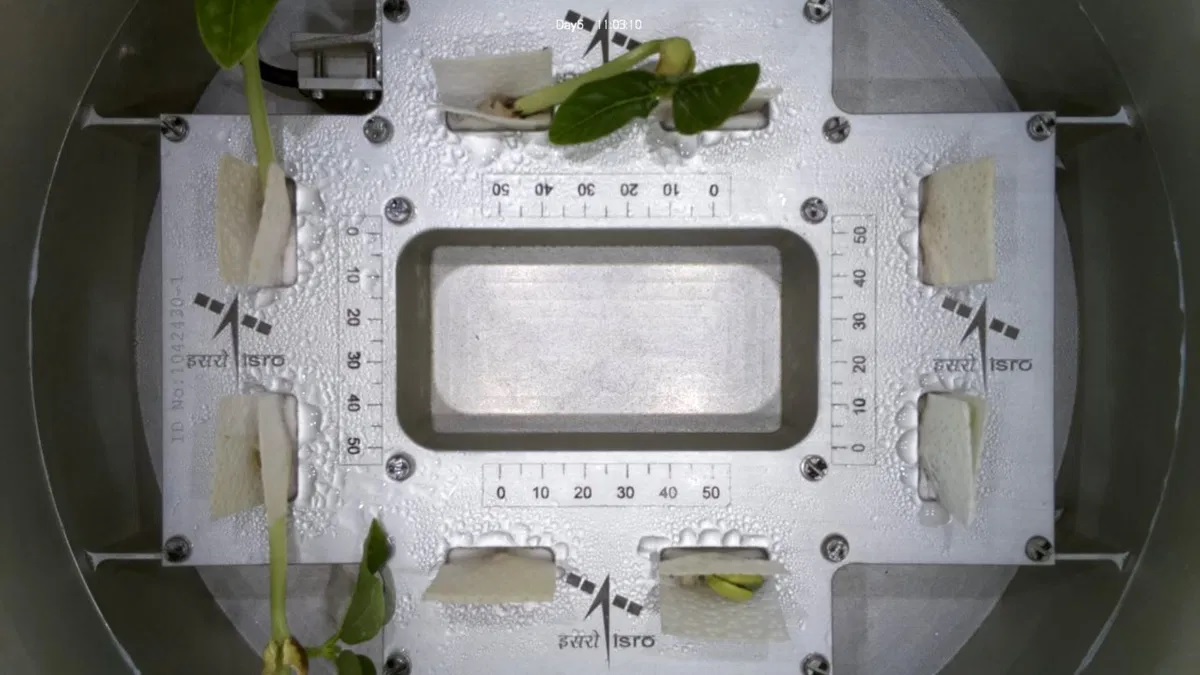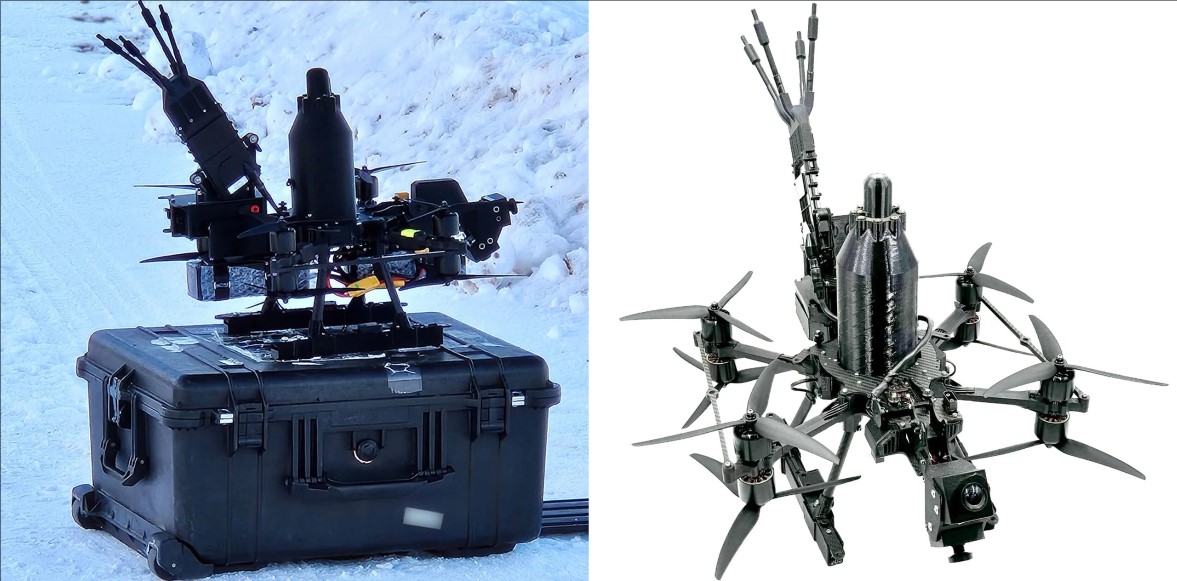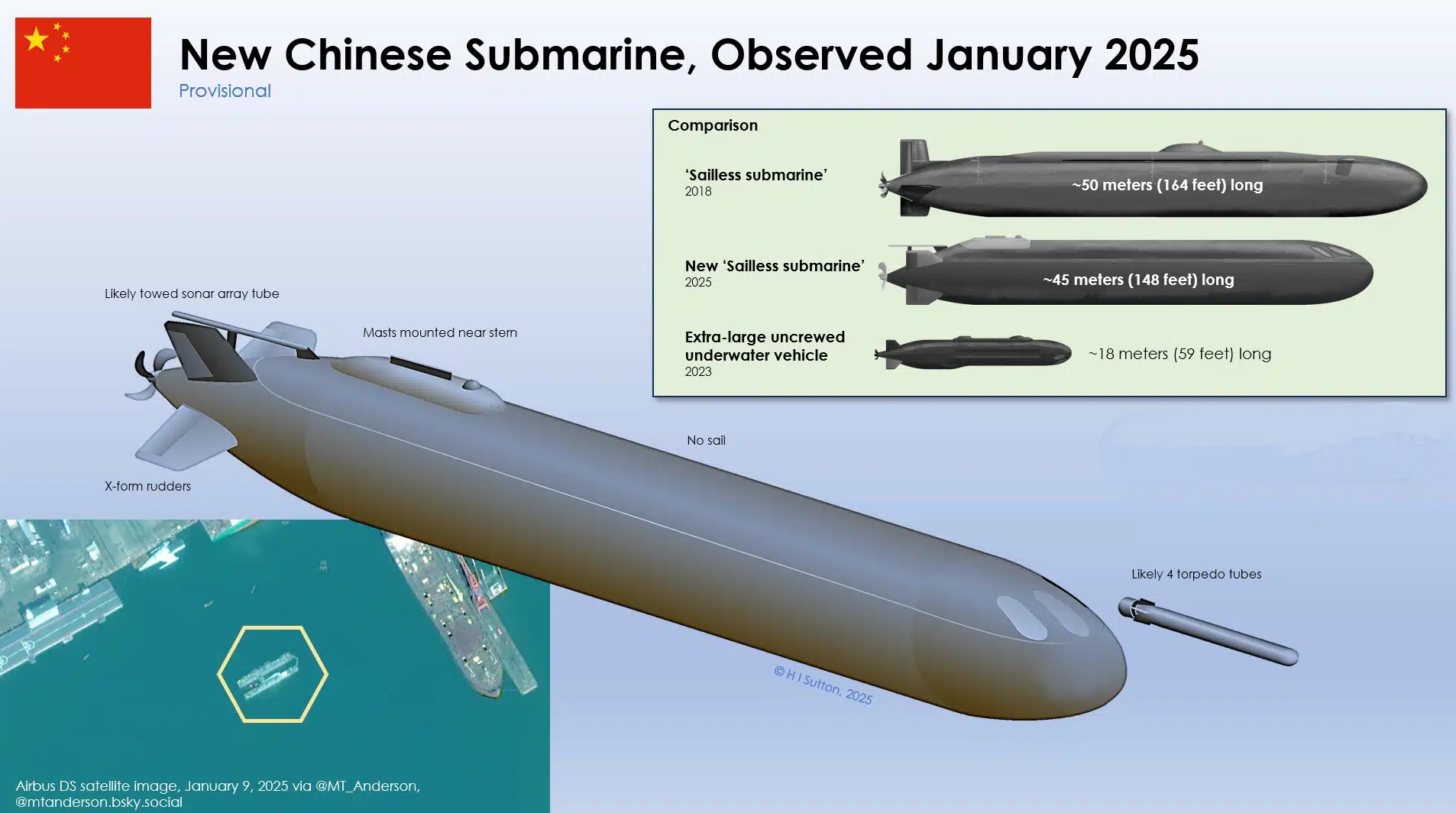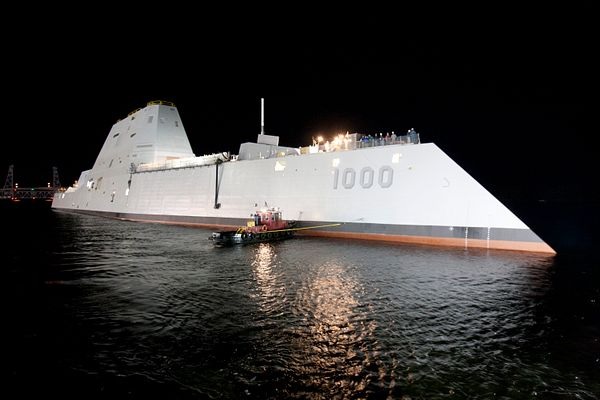ISRO Announces: Cowpea Seeds Germinate and Sprout Leaves in Space

The Indian Space Research Organisation (ISRO) has marked a monumental achievement in space biology with the successful germination of cowpea seeds aboard the PSLV-C60's POEM-4 platform. Announced on January 6, 2025, this experiment demonstrated that cowpea sprouts developed their first leaves within just four days of launch, a landmark event in the study of plant growth under microgravity conditions.
The CROPS Experiment: Growing Life in Orbit
This groundbreaking experiment was conducted under the Compact Research Module for Orbital Plant Studies (CROPS), developed by the Vikram Sarabhai Space Centre (VSSC). CROPS aims to unravel the complexities of plant biology in space, focusing on how microgravity affects germination, growth, and the overall development of plants.
Cowpea, a hardy legume known for its nutritional value, was chosen for this experiment due to its resilience and adaptability. Eight seeds were placed in a custom-designed growth chamber aboard the POEM-4 platform, orbiting Earth at an altitude of 350 km. The chamber was equipped with state-of-the-art sensors to monitor critical environmental parameters, including:
- Oxygen and carbon dioxide levels
- Humidity and temperature
- Soil moisture and light exposure
These conditions were meticulously controlled to simulate a mini greenhouse environment, enabling the seeds to germinate and grow to the two-leaf stage.
The Bigger Picture: Agriculture in Space
The significance of this experiment goes beyond scientific curiosity. Understanding how plants grow in space is a critical step toward sustaining human life during long-duration missions. Fresh produce is essential for astronauts’ nutrition, mental well-being, and air purification. This research directly supports India's ambitious space endeavors, including the Gaganyaan human spaceflight program and the future Bharatiya Antariksha Station.
Dr. S. Somanath, Chairman of ISRO, emphasized the long-term vision: “The ability to grow food in space is a cornerstone for establishing self-sufficient life support systems for human exploration beyond Earth.”
How Microgravity Affects Plant Growth
Microgravity presents unique challenges to plants that evolve under Earth's gravitational pull. Key differences include:
- Orientation: On Earth, plants rely on gravity for root growth (downward) and shoot growth (upward). In space, they use light and other cues for direction.
- Water Distribution: Water tends to form floating bubbles in microgravity, complicating root hydration.
- Nutrient Uptake: Plants must adapt their cellular mechanisms to absorb nutrients without gravity-driven soil interaction.
The CROPS experiment offered valuable insights into these phenomena, providing a baseline for future studies.
Implications for Space and Earth
The success of the cowpea experiment opens up possibilities for cultivating crops in extraterrestrial environments, such as the Moon and Mars. For Earth, the advanced monitoring systems and data collected could revolutionize controlled environment agriculture, offering solutions to food security challenges in extreme climates.
What’s Next?
Building on this success, ISRO plans to expand its research to study other crops, growth cycles, and even genetic adaptations in space. Collaborative efforts with international space agencies and private entities are also anticipated to accelerate progress in this domain.
The sprouting of cowpea leaves in space is more than just a scientific milestone; it’s a beacon of hope for sustainable living in space and a testament to human ingenuity. From the barren void of space to the fertile fields of Earth, this achievement lays the groundwork for a future where life truly knows no bounds.



